
Hey guys! A week or two ago I did a post on FP and the benefits and troubles with it. To be honest, the few times that I have used FP, it hasn't worked out so well for me. My subjects were always dark, I couldn't get consistent results, and I just wasn't happy. That is until Megan's senior session. As you can see above the results were astounding. I tried a different technique, and viola! it worked. Like I said when I started this blog, photography is ever changing and therefor a continual learning process. I'm always learning(or trying to learn) something new. So since I learned something new, I'm going to share it with you. I'm not the master with this, rather a humble(ok sometimes humble) pupil that does what he can to make great photos. Want to learn what I figured out with FP? Read on...

Before I go any further, look at this photo. See how she is in total focus, but the background is that nice soft out of focus bokeh? That's because this was shot at f/4.0 at 1/3200th of a second and I used flash! Like we talked about in the previous post on Auto FP found HERE, Auto FP lets you shoot above the rated flash sync speed of 1/250th of a second by pulsing the light instead of one continuous pop of flash. The trade off of course is power. This is where I was getting hung up...
The amount of power that you loose when switching to Auto FP is considerable. With one SB800, it is conceivable that under normal circumstances and at a normal flash sync speed, I could light a group of say 4 people with one flash. This is do-able. I would set the light on a stand above my head and behind me, through a large(50inch) umbrella and have no problem. When I switch to auto FP however I wouldn't have a chance in... well you know where, at lighting the group. In fact, if I'm in auto FP mode, I need to bring that flash in close to the subject and remove the umbrella. How close are we talking here? Well, for the photo above the flash was about 1 foot from her face to the camera left. We took the domed diffuser off to get as much power out of the unit as possible, and just went with strait flash. The Nikon System should be able to adjust the power to shoot through a diffuser(say a small softbox), but we just didn't have one with us. All we had was a Trigrip diffuser and that was too large to work effectively. Back to the group shot, if I wanted to light that group shot I was talking about a little bit ago in auto FP, how many flashes would I need? I don't know for sure, it would depend on the amount of light I was combating, but suffice to say I would need a few. My best guess would be in the range of 4 or 5 flashes to light that same group.
So why go into auto FP at all? I mean, you could in essence close down your aperture, or put a neutral density filter on the lens, or go into spot metering mode... These are all good options, if that's the look you're going for. Lets look at the first suggestion, what if instead of shooting at f/4.0, I shot at f/11 on that shot above. What would happen? I would be able to shoot "normal" flash. I would be able to shoot at a reasonable shutter speed, and sync normally with the flash. However, I would get everything in focus. The house back behind the trees would be in focus, the trees themselves would be sharp and clear. I didn't want that. I didn't want the attention to move away from the subject. I wanted all eyes to go to Megan. So then, what about the neutral density filter? Couldn't I have put a 4 stop neutral density filter on my lens and lowered the light enough to shoot at f/4.0? Yes I could have, and that's not a bad idea. The only thing I don't like about that idea is actually carrying a neutral density filter around. I have enough stuff hanging off of me, and in my pockets that if I can eliminate something, I like to. Also, not all of my lenses have the same filter size. some are 77mm but one is 67mm. What to do there? Two filters? Maybe, but that gets expensive. So then how about spot metering just the subject? What happens if I meter for just Megan, and take the photo off of the light hitting her? She'll be rendered beautifully. She will be properly exposed, and look wonderful, but the background will be totally blown out. It will look like a large swatch of white behind her. I could do that in the studio on white seamless. The reason for coming out here to do the on location stuff was to add the environment, not blow it to oblivion with light. Spot metering is out, not an option here. So in hindsight would I change my approach? No I think I'll just stick with the Auto FP option.
When is Auto FP going to benefit you? Bright, sunny days. When the sun is out, and either falling on your subjects face or lighting your background to oblivion, you would use FP mode. When you want to keep that blurred out of focus background, but to do that you have to shoot at 1/2000, use FP. Want to read, and learn more about auto FP, or flash in general? Pick up This book, or visit The Strobist. Both have more information than any one person could take in at one time. Just because I'm really happy with the way they turned out, and because she was a beautiful model, here are a few more of Megan.
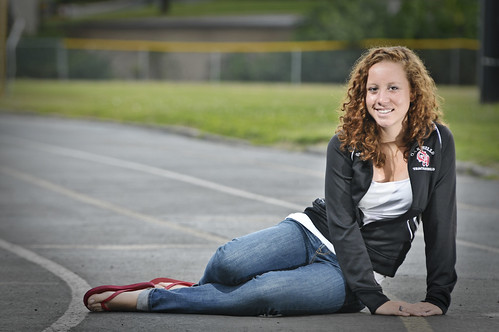

And my personal favorite:
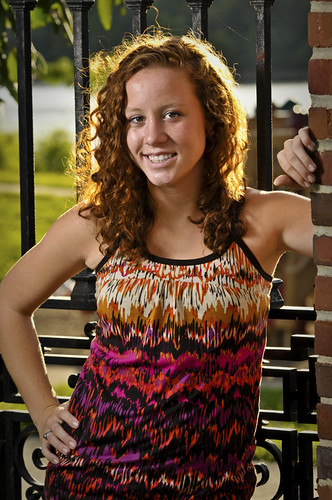
Have a good one. Jason
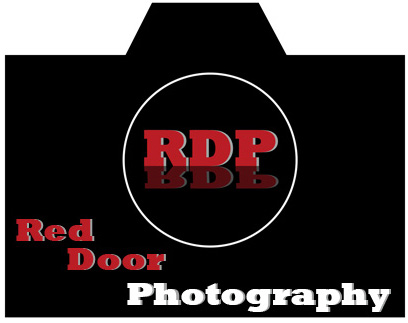

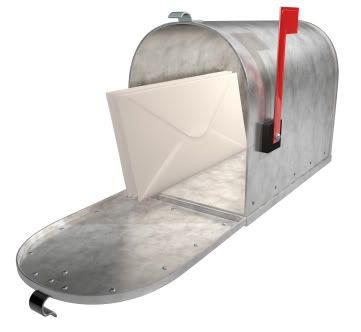


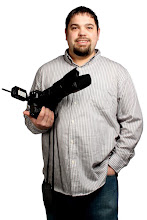
No comments:
Post a Comment